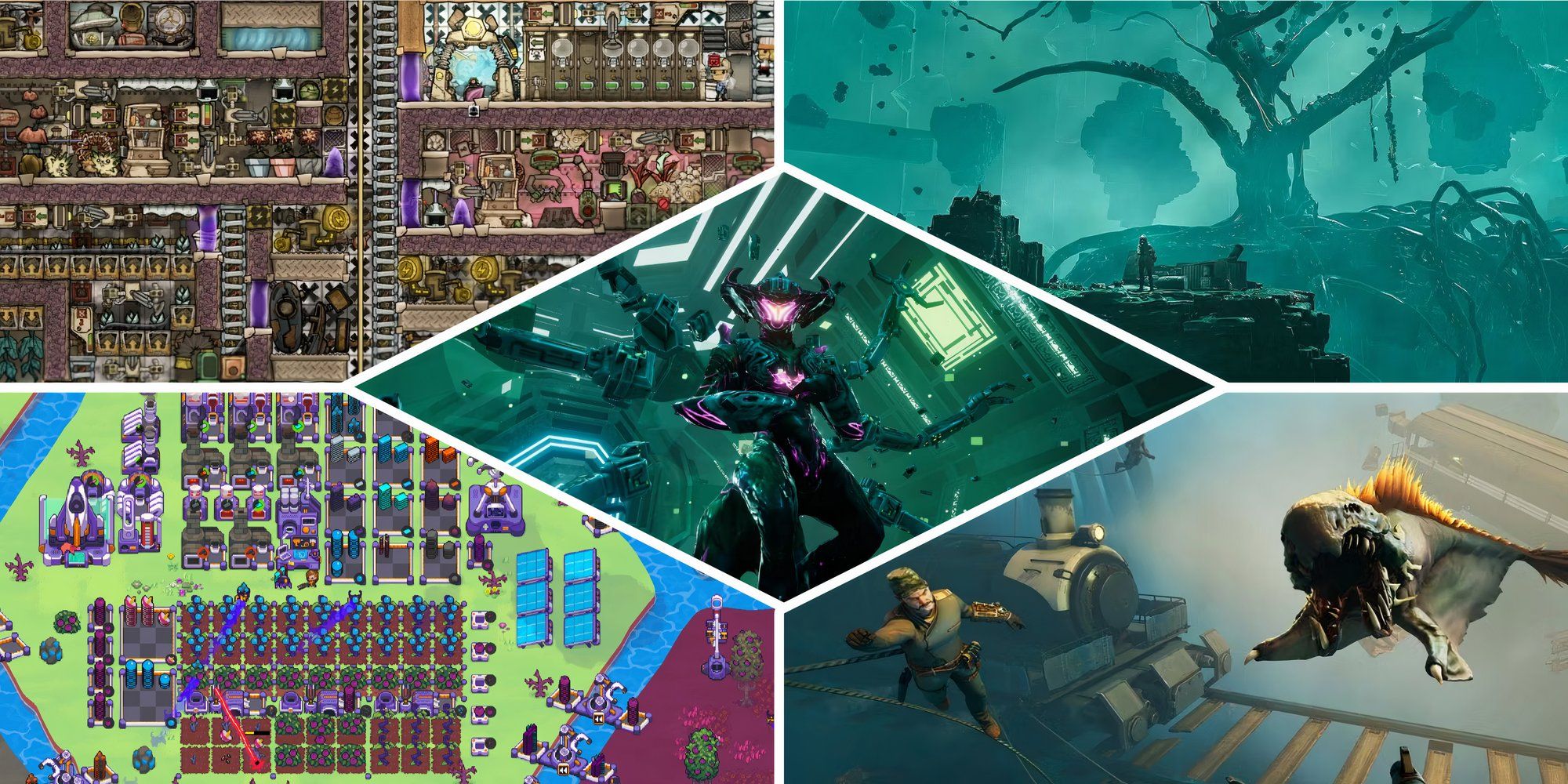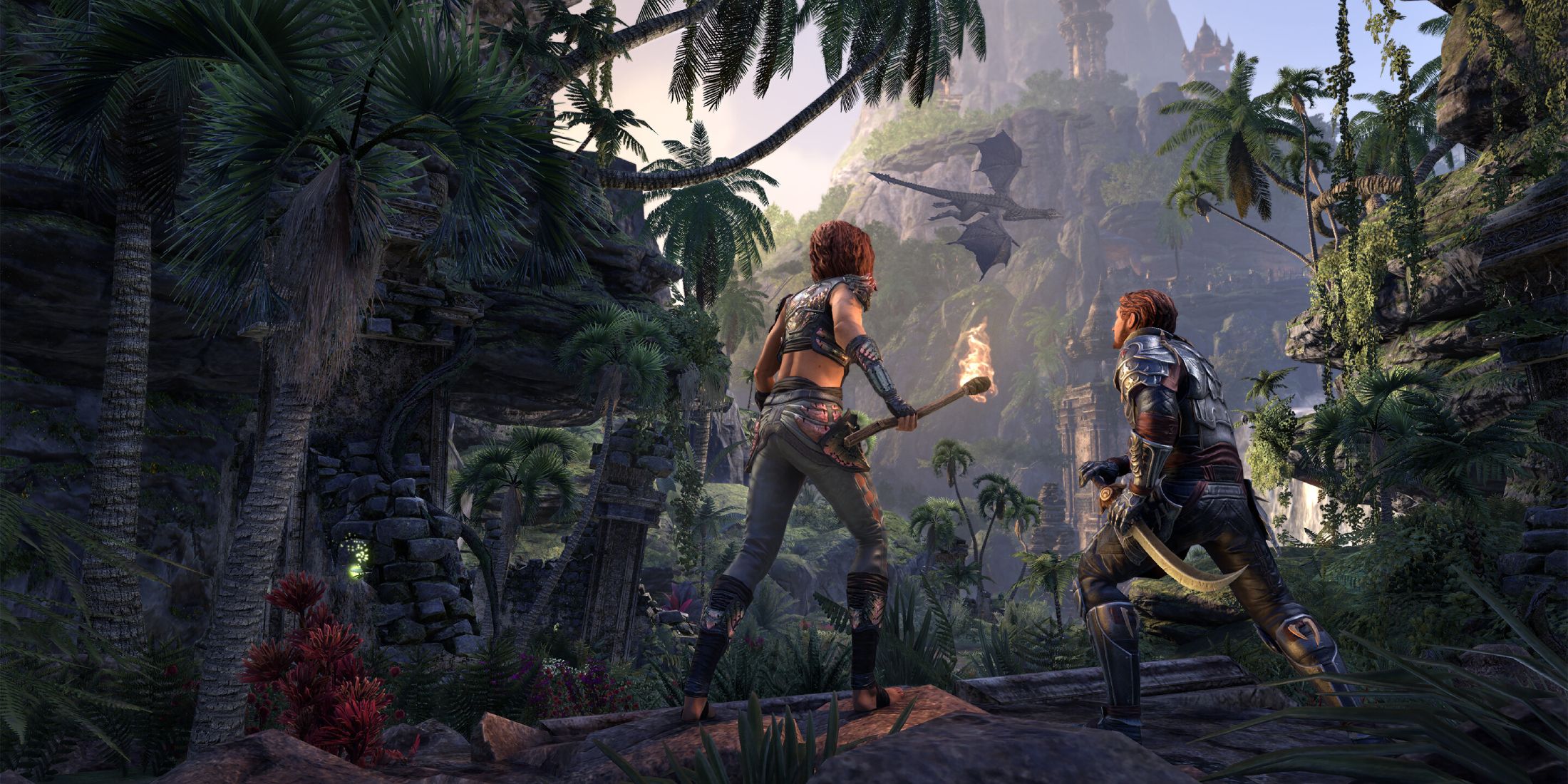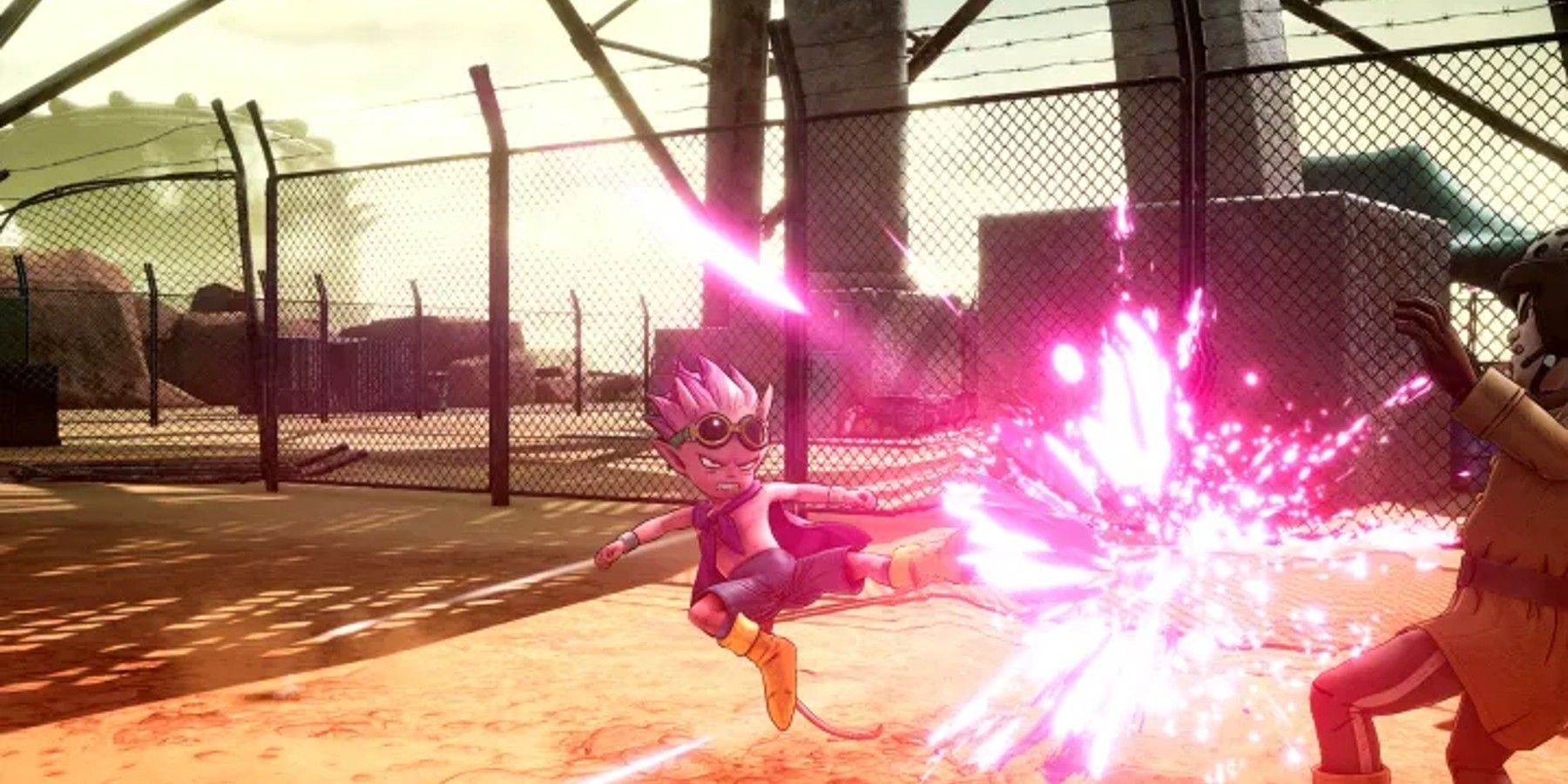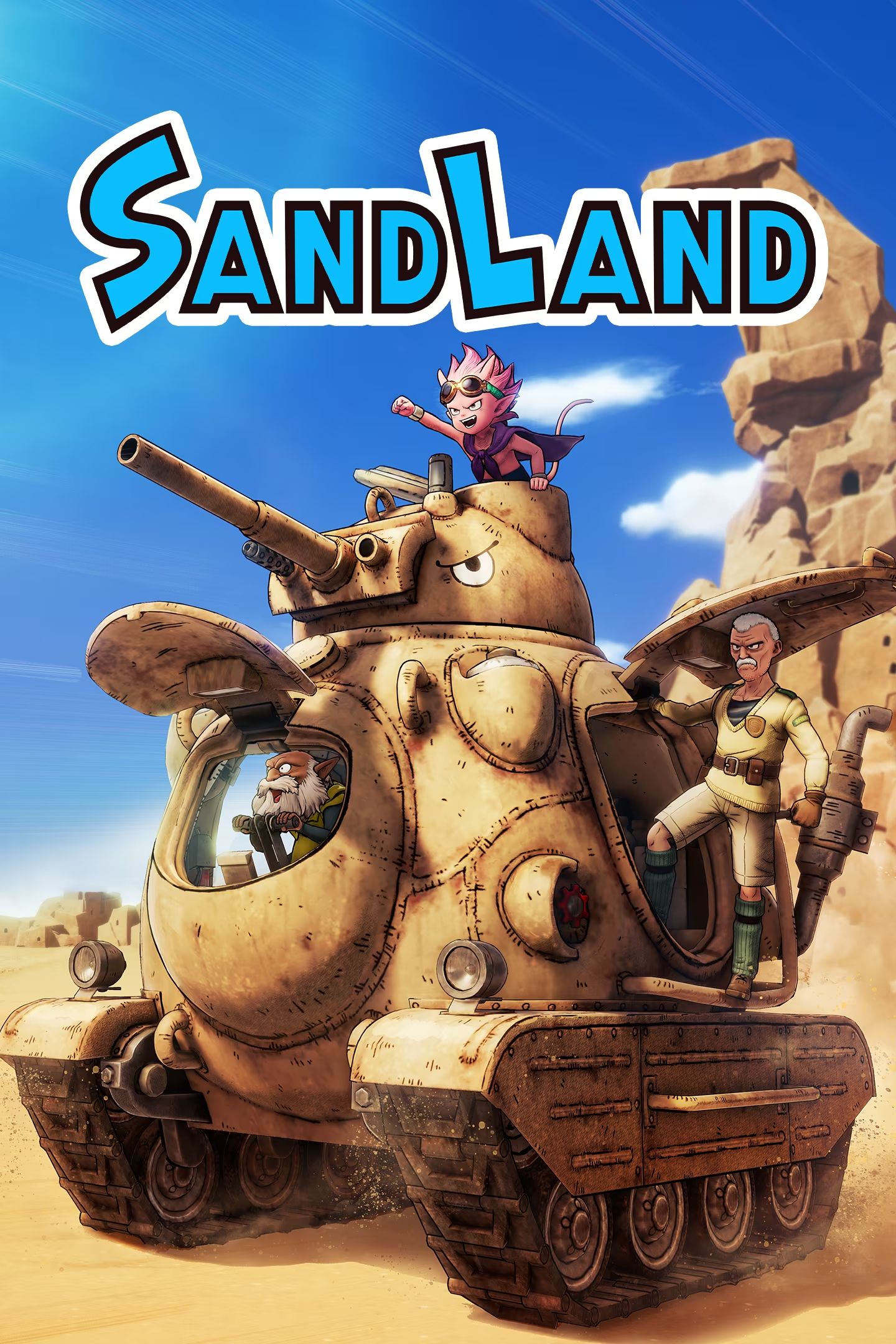ILCA and Bandai Namco's Sand Land is a faithful adaptation of one of the late-career works of legendary manga artist Akira Toriyama, telling the same general story as its source material while also adding in new characters and locations created by none other than Toriyama himself. One of the most important inclusions in Sand Land's gameplay are its vehicles, which act as much more than simple modes of transportation across the game's open world. Vehicles in Sand Land have a robust customization and progression economy and are the backbone of the game's combat, which makes Sand Land's use of melee feel like an afterthought in comparison.
Similar to how Sand Land handles its vehicles, players have some RPG-lite progression to consider with Sand Land's melee combat. Prince Beelzebub, Sheriff Rao, and Thief each have their own skill trees that players can invest skill points into after leveling up. But the amount that melee combat is either necessary or even beneficial to the player in Sand Land suggests that even the developers understood it only existed in the shadow of the game's excellent vehicular combat. Between its relegation to mostly scripted moments and its lack of variety or meaningful progression, melee combat in Sand Land sticks out as one of the game's few weak points.
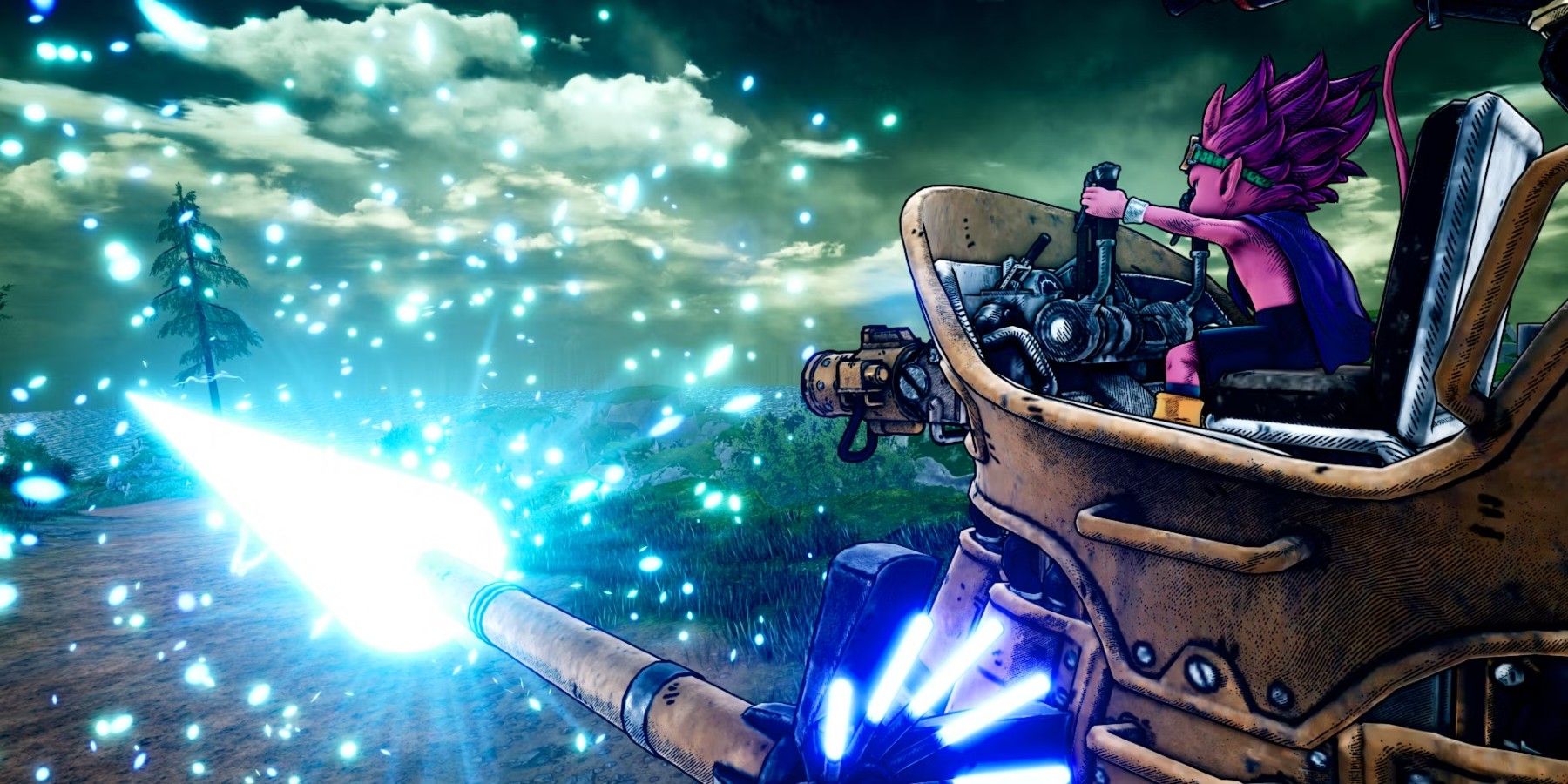
Sand Land Proves it's Time for One Genre to Make a Comeback
The highlight of Sand Land's gameplay calls back to a once-popular video game genre that seems primed for a comeback.
Melee Combat in Sand Land Misses an Opportunity to Move the Needle
Players begin Sand Land with nothing more than control over Prince Beelzebub and his fists, and it takes a while for players to unlock the Royal Army Tank as their first vehicle. Once that tank is unlocked, though, there's little incentive ever given to go back to relying on melee combat when vehicular combat both feels more satisfying and is more effective. Most enemy types can be more quickly put down using any of Sand Land's vehicles, and the somewhat sluggish dodging and evasion mechanics make melee combat a risky proposition in comparison to the relative safety of a vehicle cockpit.
Sand Land's Melee Combat Pales in Comparison to Vehicles
What's more, the game's melee skill trees don't offer a unique progression path for Beelzebub, with his attacks never moving far beyond a standard light and heavy attack, a charged attack, and a state of advanced damage and invulnerability activated by simultaneously pressing the triggers. Considering how novel and satisfying vehicles are to use (and how deep and rewarding Sand Land's vehicle customization and upgrade systems are), Sand Land's melee combat relying on well-worn tropes feels like a missed opportunity. With how entertaining and unique Sand Land's characters and setting are, it's a shame that the game's melee combat doesn't make better use of the IP.
Sand Land's Melee Combat Loses All Effectiveness Outside Scripted Moments
Given how limited the effectiveness of melee combat is in Sand Land, it's almost as if the developer understood that the system pales in comparison to the game's excellent vehicular combat. Even in interior spaces like ruins or some of Sand Land's few sprawling dungeons, using vehicles isn't just possible but necessary, with tank shells and jump-bot maneuverability necessary to push deeper into these locations in search of treasure, enemies, or objectives. With how quickly Beelzebub can dispatch the standard rank-and-file enemies while behind the wheel of a vehicle, there's practically no incentive for players to use melee combat in the one area where it would seemingly be necessary.
Even parts of the game that force the player to use melee combat, such as a handful of important story moments or some of Sand Land's boss fights, don't ever require much from the player other than spamming light attacks and dodging once the telltale on-screen indicator of an incoming attack pops up. Vehicular combat in Sand Land is also fairly rote, with most encounters winnable by circle-strafing around enemies and juggling cooldowns, but the speed at which it plays out and the amount of offensive power the vehicles' weapons deal results in it being both more efficient and more satisfying.

